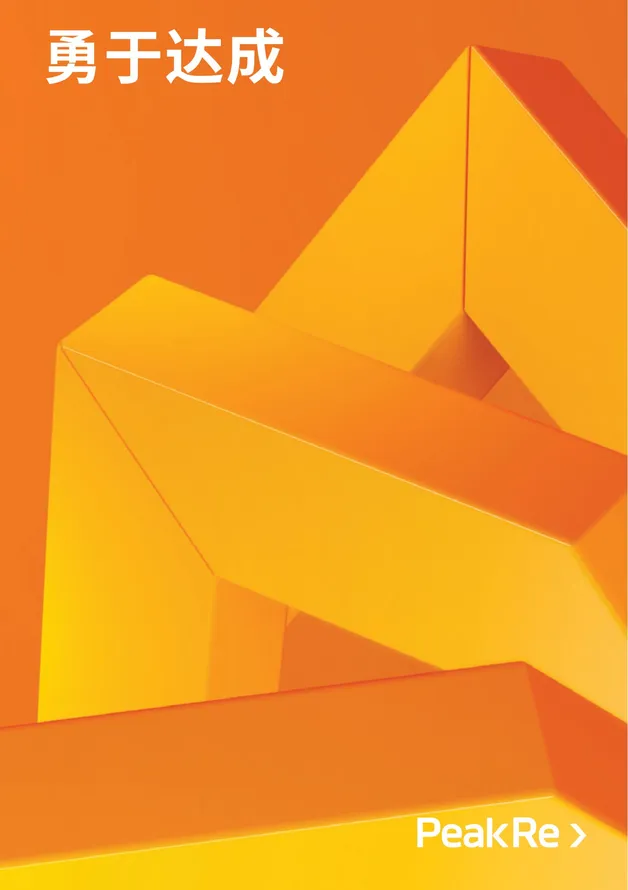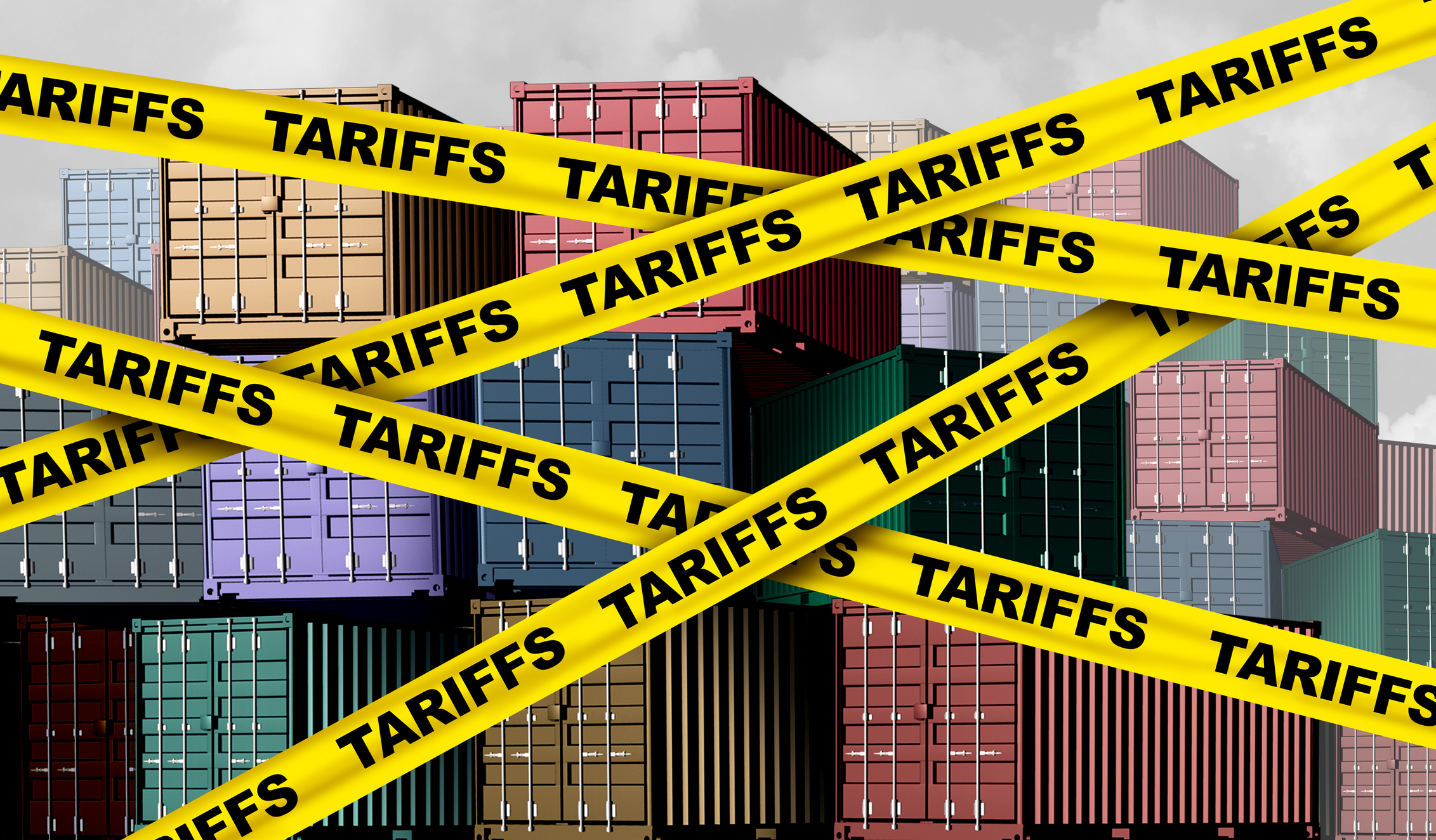
China’s insurance sector continues to outpace the global insurance industry. According to its insurance regulator, CIRC, and Credit Suisse, the sector grew by 29.7% in 2016. By contrast, the global insurance industry expanded by only 4.4%. Without the contribution from China, global growth would have been a mere 2.3%. Almost 50% or USD 80 billion of the new premium of USD 170 billion registered in 2016 came from China.
However, China’s current economic outlook is more muted. Down from 7% in 2015, it is expected to grow by about 6.5% and 6.3% for 2017 and 2018, respectively, according to the World Bank. Insurance growth will be affected by a combination of tighter regulation in life and non-life, slowing car sales, a reduced appeal of savings products and slower agency growth in life insurance. Still, in its thirteenth Five-Year Plan the Chinese government set the target of an insurance penetration rate of 5% for the country by 2020. In 2016 the industry made significant progress towards that goal by increasing the overall penetration rate to 4.15%, up from 3.6% in 2015.
In life insurance China has become the global growth engine. In 2016, global life insurance premiums expanded by 2.5%. Emerging markets, very much driven by China, grew by 17% and without China by 5.7%. In emerging Asia markets, China now accounts for 70% of the total life market according to Swiss Re, Sigma. Going forward, the Middle Kingdom is expected to expand about 15-20% annually, comparable to the achieved 18.7% annually over the past ten years and an exceptional 41.3% in 2016. This growth was driven by strong demand for traditional life products and the government’s interest that consumers invest in protection products. However, growth is also driven by strong demand for short-term savings products, sold under the life insurance label.
Health insurance, although still only representing 2.3% China’s total premium volume, even outgrew life. In 2015, premium volume stood at USD 36.7 billion, up 52% from premiums of USD 23.4 billion in 2014. In 2015 just five insurance companies were specialised in health insurance, while another 100 offer health insurance products. According to the CIRC currently, there are seven insurance companies were specialised in health insurance, with 2,300 health products are available in a market which is heavily driven by China’s expanding middle class. According to BCG, 50% of all private health care spending is still paid in cash. Those who cannot afford these cash payments will either receive an inadequate treatment, or, in the worst case – none at all. Since 2010 health insurance has grown at about 36% annually, primarily driven by indemnity products which are usually offered as riders to life insurance products. These products commonly pay out a lump sum, if the policyholder is diagnosed with certain stated conditions.
Non-life in general experienced continued growth in 2016 too. The sector expanded by 18.8% for the past ten years, according to CIRC and Credit Suisse. In 2016, it grew by another 20%, partly due to the demand for health products, rising interest in specialty products, but also due to high auto sales, which benefited from government subsidies and tariff liberalisation.
Growth opportunities persist
China, and insurance in China will continue to grow. Future demand will arise from China’s expanding middle class, its continued urbanisation and the ageing population. According to Credit Suisse, China is the most underinsured country in Asia with the largest protection gap in monetary terms. In life, the bank estimates that a USD 32 trillion mortality protection gap exists, which widened by 17.2% annually from 2004 to 2014, highlighting the large demand for protection-oriented life insurance products.
Health insurance, China’s fastest growing line of business, reckoned to expand by more than 35% annually until 2020. The government incentivises its sales by offering tax breaks for individuals who buy private health insurance and by encouraging partnerships between health insurance companies and private hospitals. Furthermore, consumers have also become more insurance literate and prepared to use insurance to fund their own protection.
In property and casualty, China’s One Belt, One Road (B&R) initiative, encompassing six international economic corridors and one maritime Silk Road, will initiate substantial activities in construction, engineering, property and marine, but possibly also leading to liberalisation in trade relations. According to Willis Towers Watson, from now to 2030 additional premiums of USD 16 billion are expected to be generated by projects from the B&R initiative with Chinese insurers earmarked to benefit the most.
China’s insurance industry will continue to enjoy profits generated by the innovative products and digital platforms. According to the CIRC and Oliver Wyman, Chinese Insurtech related premiums will surge to USD 174 billion by 2020, driven by online sales of traditional products, upgrades of existing products and the introduction of entirely new insurance products.
However, China’s InsurTech companies demonstrate the enormous success insurers may harvest, if customers’ appetite is met. Zhong An, the Chinese online insurer, which was only founded in November 2013 by Ping An, the Alibaba Group and Tencent, has already sold more than 8 billion policies to roughly 600 million customers. Its main product, which still accounts for more than 50% of its sales, insures customers against the cost of returned shipments for their online purchases. In June 2017 Zhong An filed for an initial public offering (IPO) at the Hong Kong Stock Exchange that might value the firm at USD 15 billion to USD 30 billion.
Regulatory reform
Concurrent with this backdrop of strong growth, CIRC has started to reform its regulatory approach. In Life, it tightened regulation on short-to-medium term life policies, curbing the aggressive sales practices of some life insurers. Life insurers had bundled conventional life policies with so-called universal life products to guarantee policyholders short-term gains and flexible surrender terms. In May 2017, the CIRC banned these products that had been a key driver in life policy sales since 2013.
Already initiated in 2013, the CIRC commenced to detariff China’s auto sector, which currently contributes about 75% of premiums to the non-life sector. By 2015 it approved six provinces for the reform pilot. An additional 12 provinces followed in 2016. The new programme allows more flexible rates to better reflect loss experience and auto value.
This liberalisation of the market, coupled with the excessive oversupply in the sector, intensified competition and led to a further decline in rates. According to Marsh, in 2016, rates were lower in motor, marine, aviation, D&O and financial institutions, while liability, environmental and employee benefits were almost stable. Potentially slower automobile sales might add to the industry’s insurance challenges as sales are expected to drop from 18% in 2016 to 7% in 2017, according to Credit Suisse, largely due to changes in subsidies and taxes. The industry was also affected by the decline in investment returns, which is a major source of income for the majority of China’s insurers.
As the Chinese insurance market continued its amazing growth momentum, China’s regulator CIRC leapfrogged several stages in regulatory development and introduced the China Risk-Oriented Solvency System (C-ROSS) in January 2016. Similarly to Solvency II, the new solvency capital regime is a three-pillar risk and solvency framework, which is more reflective of individual risk profiles and ERM program quality. The latter is being viewed vital to the sector’s future healthy development. Particular emphasis is being laid on Pillar 2. An insurer’s ERM quality can even impact the final minimum capital requirement.
Nevertheless, C-ROSS impacts on reinsurance purchasing as it lowers the amount of solvency capital needed to underwrite motor risk, enabling insurers to significantly increase their retentions. As a result, reinsurers hardly benefit from the growth of insurers’ top line. Reinsurance pricing is further affected by the shift from the previous business tax to a VAT system, as implemented by the Ministry of Finance since 1 May 2016. Not only does the new VAT exceed the former business tax, it is also accrued differently, thus affecting insurers’ results.
Nevertheless, the introduction of C-ROSS encouraged the international reinsurers to move onshore in response to the lower capital requirements that the Mainland businesses enjoy in comparison to the off-shore playaers. As Lloyd’s forecasts, this resulted into a 400% increase of onshore capacity.
In May 2017, the CIRC and the Hong Kong Office of the Commissioner of Insurance signed an agreement that aims at the mutual recognition of the solvency regimes between Mainland China and Hong Kong. To be implemented within the next four years, the 18 international reinsurers operating from Hong Kong are set to benefit from this recognition of equivalency. C-ROSS is perceived as more sophisticated than Hong Kong’s rule-based capital adequacy regime. However, Hong Kong is currently in the process to introduce a risk-based capital regime which is likely to be introduced in a few years’ time.
The emergence of the world’s largest reinsurance market
Prior to 2016, there were only a few domestic reinsurers in China. As of this year, CIRC already granted approval to several reinsurance players to set up local operations and another 20 are expected to apply in the coming years. By 2022, as Willis Towers Watson predicts, China might be the world’s largest reinsurance market – driven by the growth of its direct insurance market and the ambitious penetration targets set by the government.
As to be expected in a fast-growing market place, competition is fierce in China. Players will only succeed in this fast changing and complex market environment, if they develop an intimate know-how of the major business risk drivers and a detailed understanding of the differences between cedants. Careful risk selection and knowing one’s client are thus key to success – in China too.
This story was published in Reactions magazine’s annual CEO Risk Forum in September 2017.
为您保驾护航










